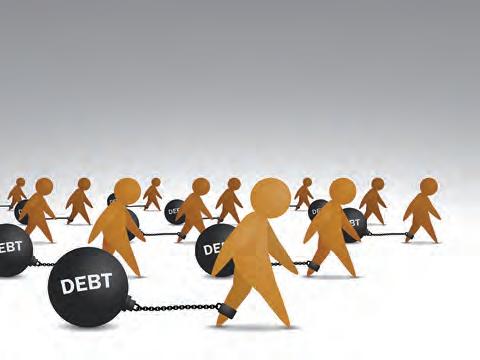“c02DomesticMacroeconomicGoals_PrintPDF” — 2022/7/23 — 6:51 — page 120 — #20
2.5.1 The model’s five sectors and the roles of each sector As can be seen in figure 2.5, the five-sector circular flow model of our economy has two main parts to it. These are the household sector and the business sector.
1. Household or consumer sector
PR O
O
FS
The household or consumer sector comprises all 26 million plus members making up Australia’s population. Some members supply or sell their resources (natural, labour and capital resources) to firms and then use the money or income received from this to demand or buy finished goods and services from businesses, thereby helping to satisfy their needs and wants.
2. Business or producer sector
PA
G
E
Surprisingly, Australia’s business or producer sector is made up of over 2 million actively trading firms. These businesses demand or purchase inputs or resources from households which they then convert into finished goods and services. In turn, businesses supply or sell these goods and services to the household sector and receive money in exchange.
TE
3. Financial sector
D
So far we have seen that Australian households and businesses both operate as buyers (demanders) and sellers (suppliers) of goods and services. Essentially, firms buy resources and sell finished goods, while households sell resources and buy finished goods and services. However, in addition to these two main parts of the economy, there are also three sub-sectors — the financial, government and overseas sectors.
CO RR EC
This is made up of the many types of financial institutions including banks, building societies, the stock exchange, credit unions and finance companies. All these organisations borrow the savings (S) of households and then re-lend these to creditworthy customers who use the money to finance their investment spending (I) and the expansion of businesses. Depending on variable economic conditions, there is no reason why the values of S and I in a single financial sector will necessarily be of equal value, especially in the short-term. For example, when there is uncertainty or pessimism, often households attempt to save more of their income, while businesses are reluctant to borrow and undertake I spending. This would mean that S would be higher in value than I, slowing AD.
4. Government sector
U
N
Governments collect revenue from taxation (T) and other sources, and use this money to pay for government spending (G) and other budget outlays that, among other things, help to provide collective or public goods and services (including hospitals, roads, defence and schools). Especially in the short-term, T and G as part of the government sector will not necessarily be equal in value, since they largely depend on changing economic conditions. For instance, in a recession when unemployment is higher and household and business incomes and spending are lower, governments may cut taxes and lift government spending to stimulate economic activity.
5. Overseas sector Each year Australians import goods and services from abroad to help satisfy our wants (M) and we also sell exports to people living overseas (X) to meet their wants. These transactions are conducted in the external or overseas sector. Again, there is no reason why they will necessarily be of equal value, especially in the shortterm. If there was a recession amongst our trading partners for instance, their spending on our exports may fall relative to our spending on imports — so the two sides would not necessarily be equal in value. 120
Key Concepts VCE Economics 2 Units 3 & 4 Eleventh Edition

































